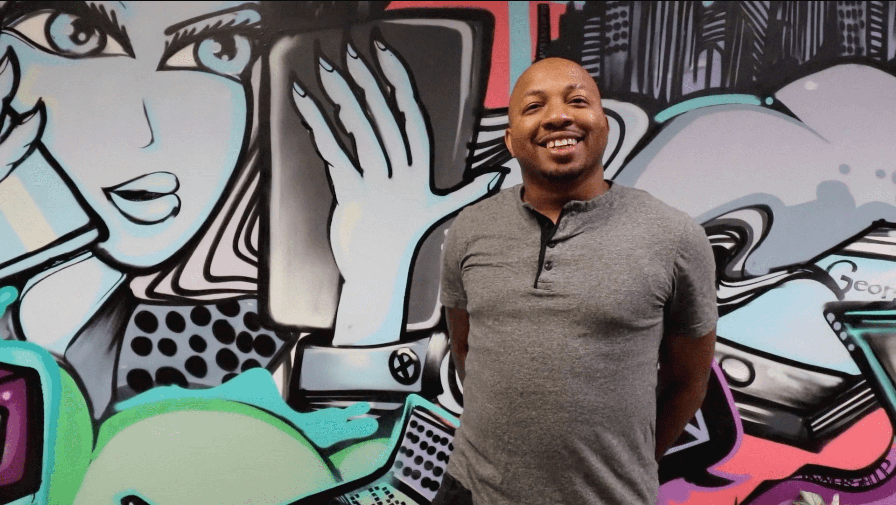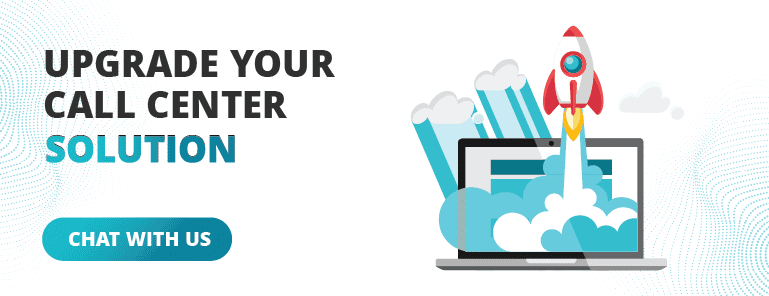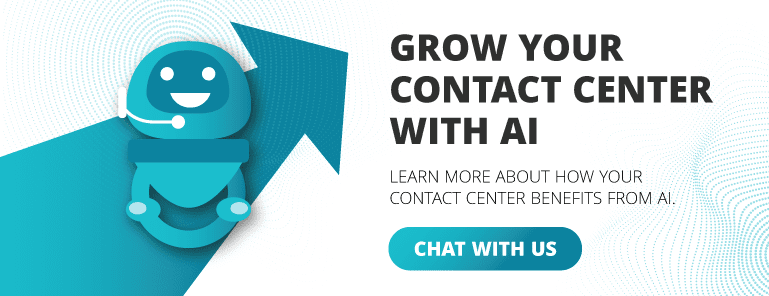Picture this: a customer emails your support team about an issue. Hours later, they follow up on social media, only to get a completely different response than they find hitting their inbox that night. Frustration builds, trust erodes, and the relationship? On shaky ground at best.
Unfortunately, this happens way too often. It’s a direct result of a fragmented customer experience. But that’s where a unified customer experience comes into play. For contact centers, it’s more than just a key term on your buzzword bingo card—it’s a game-changer. A unified customer experience connects the dots across platforms, ensuring every customer feels heard, valued, and supported. It’s your key to driving loyalty, boosting satisfaction, and simplifying your team’s workflows.
Let’s dive into what it takes to craft this experience and make your contact center a customer-centric powerhouse.
What is a Unified Customer Experience (and Why Is It So Critical to Your Success)?
A unified customer experience (CX) ensures that every interaction—whether via phone, email, chat, or social media—feels like one cohesive conversation. No repeating information. No conflicting answers. Just smooth, consistent service every time.
Why is this critical? Today’s customers expect omnichannel support, meaning they want to switch between communication channels effortlessly while maintaining context. They’re also harder to impress and quick to jump ship if they feel unvalued.
For contact centers, a unified CX translates to:
- Higher satisfaction: Customers get the help they need faster.
- Stronger loyalty: Happy customers stick around and even refer others.
- Simpler workflows: Agents can access the full customer story, making their jobs easier and boosting key performance metrics like First Call Resolution (FCR) and Average Handle Time (AHT).
If your center isn’t prioritizing a unified approach, it’s time to rethink the strategy.
5 Steps to Build a Unified Customer Experience
Creating a unified CX might sound daunting, but it doesn’t have to break the bank or upend your operations. Follow these five steps to get started:
Step 1: Map Your Customer Journey
Start by identifying every touchpoint where your customers interact with your brand—website, email, live chat, phone, social media, and beyond. Then:
- Pinpoint where inconsistencies crop up.
- Ask: Do customers get the same information across channels? Are certain handoffs clunky?
- Develop a journey map to unify these touchpoints, considering tools like CCaaS (Contact Center as a Service), UCaaS (Unified Communications as a Service), self-service portals, and robust knowledge bases.
A clear map ensures your team can deliver a consistent message wherever and whenever a customer reaches out.
Step 2: Empower Agents with a Single Customer View
Nothing derails a customer interaction faster than agents scrambling for context. Equip your team with a single customer view—a centralized dashboard showing previous interactions, preferences, and resolutions.
To implement this without disruptions:
- Use a CRM or contact center solution that integrates all channels.
- Train agents on accessing and using the tool efficiently.
- Share best practices like scanning notes before responding and logging interactions promptly.
When agents have all the facts at their fingertips, they’ll be faster, more confident, and less likely to drop the ball.
Step 3: Standardize Your Key Interactions and Responses
Uniformity is key—but not at the expense of personalization. Strike the balance by:
- Creating templates for common inquiries that agents can customize as needed.
- Developing standard protocols for interactions like escalations, refunds, and follow-ups.
- Inviting agents to help draft these standards. They’re the ones in the trenches and often have insights into what works.
The result? Consistency across channels without sacrificing the human touch.
Step 4: Build an Omnichannel Experience
An omnichannel approach ensures a seamless transition for customers moving between platforms. For instance, a customer might start a conversation on chat, then switch to a call—without having to repeat themselves.
Here’s how to do it:
- Use tools that integrate all communication channels under one roof.
- Ensure agents can see a chronological interaction history.
- Test the experience from the customer’s perspective to identify and resolve hiccups.
Real-world example: A retail contact center implemented omnichannel support and saw a 20% boost in NPS (Net Promoter Score) because customers felt their time was respected.
Step 5: Collect and Use Customer Feedback
Finally, create a system for gathering and acting on feedback. This includes:
- Surveys post-interaction (CSAT scores, anyone?).
- Regularly analyzing trends to spot pain points.
- Encouraging agents to share customer insights—they’re often the first to hear frustrations or praise.
Feedback loops keep your unified CX evolving and responsive to real-world needs.
Practical Tips for Maintaining a Unified Customer Experience Over Time
The work doesn’t stop once you’ve built a unified CX. Keep it running smoothly with these tips:
- Train and refresh your team regularly: Schedule quarterly sessions to review protocols, tools, and customer journey updates.
- Audit your processes: Evaluate your CX every three months to ensure it’s meeting customer expectations.
- Celebrate wins: Share stories of great customer experiences with your team to boost morale and reinforce the importance of unified CX.
Consistency and attention to detail are your best allies in maintaining a flawless experience.
A Few Hurdles You Might Encounter (and How to Overcome Them)
Implementing a unified CX isn’t without challenges, but they’re manageable with the right approach:
- Platform Integration: Struggling to connect your systems? Look for tools that offer native integrations or APIs to bridge the gaps.
- Agent Buy-In: Change can be tough. Involve agents early on, show them how these updates make their jobs easier, and reward them for embracing the shift.
- Managing Multiple Channels: It’s easy to get overwhelmed. Start with your most-used channels and gradually expand your unified strategy to others.
Remember, perfection isn’t the goal—progress is.












